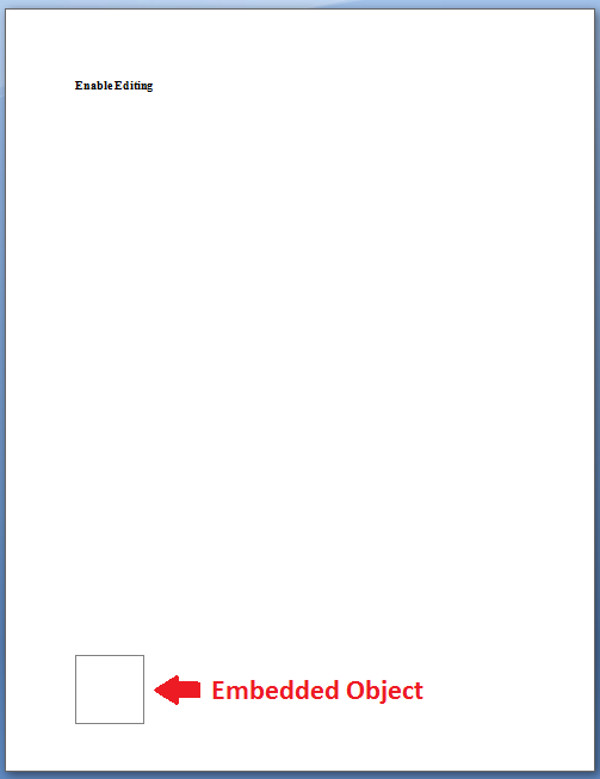TROJ_CVE20170199.JEJOVK
Exploit:O97M/CVE-2017-0199 (Microsoft); Exploit.RTF.CVE-2017-0199.e (Kaspersky); Win32/Exploit.CVE-2017-0199.AK (ESET-NOD32)
Windows


Threat Type: Exploit
Destructiveness: No
Encrypted: No
In the wild: Yes
OVERVIEW
Downloaded from the Internet, Via email
This malware exploits a vulnerability found in Microsoft Office known as CVE-2017-0199. There are reports that exploits using the said vulnerability are in the wild. A security patch for the vulnerability is already out and available.
This Exploit arrives as an attachment to email messages spammed by other malware/grayware or malicious users. It arrives on a system as a file dropped by other malware or as a file downloaded unknowingly by users when visiting malicious sites.
As of this writing, the said sites are inaccessible.
TECHNICAL DETAILS
6,215 bytes
RTF
No
27 Jun 2017
Connects to URLs/IPs, Displays message/message boxes
Arrival Details
This Exploit arrives as an attachment to email messages spammed by other malware/grayware or malicious users.
It arrives on a system as a file dropped by other malware or as a file downloaded unknowingly by users when visiting malicious sites.
Download Routine
This Exploit connects to the following website(s) to download and execute a malicious file:
- http://{BLOCKED}.{BLOCKED}.16.242/myguy.xls
It takes advantage of the following software vulnerabilities to download possibly malicious files:
As of this writing, the said sites are inaccessible.
Other Details
This Exploit does the following:
- Upon opening the document, shows the following user prompt:

NOTES:
The malware contains an embedded object which contains the malicious URL:

The malware is capable of connecting to the malicious URL upon execution, since it contains an "Update Object Class" that points to the embedded object, that will trigger the malware to connect to the malicious URL.
SOLUTION
9.850
13.502.06
29 Jun 2017
13.503.00
30 Jun 2017
Step 1
Before doing any scans, Windows XP, Windows Vista, and Windows 7 users must disable System Restore to allow full scanning of their computers.
Step 2
Note that not all files, folders, and registry keys and entries are installed on your computer during this malware's/spyware's/grayware's execution. This may be due to incomplete installation or other operating system conditions. If you do not find the same files/folders/registry information, please proceed to the next step.
Step 3
Scan your computer with your Trend Micro product to delete files detected as TROJ_CVE20170199.JEJOVK. If the detected files have already been cleaned, deleted, or quarantined by your Trend Micro product, no further step is required. You may opt to simply delete the quarantined files. Please check the following Trend Micro Support pages for more information:
Did this description help? Tell us how we did.

